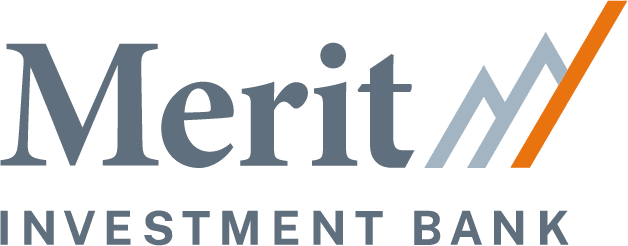While few middle-market companies ever reach the finish line of a successful M&A exit, nearly every entrepreneur I’ve met dreams of one day selling their business for a premium—unlocking the funds to power their next venture, retire in comfort, or create generational wealth.
However, the harsh truth is this: most companies never get there.

According to 2022 market data, only 61% of companies that went to market actually closed a deal. And it’s likely that every one of them thought they were ready. Even more revealing, roughly 80% of the rest of the market—companies seeking expert guidance to answer “Am I sellable?” or “Can I get the value I expect?”—got an answer they didn’t like: No. Not yet. Not at that value.
This disconnect between perception and reality is often the root of missed opportunities.

What Business Owners Do After Hearing ‘Not Yet’
After receiving a dose of truth about their valuation or readiness, owners typically fall into one of four categories:
- Do Nothing (~40%)
They go back to running the business as usual, either out of overwhelm, denial, or misplaced confidence. - Attempt Value Acceleration (~20%)
These entrepreneurs commit to improving their sellability and de-risking their business. Unfortunately, only 10% of those actually succeed, usually because they engage outside expertise, allocate resources, and acknowledge their own operational blind spots. - Modify the Exit Plan (~20%)
Faced with challenges, some adjust their expectations—choosing paths like internal sales to management, key employees, family succession, ESOPs, or continuing the journey indefinitely. - Ride It Down to Liquidation (~20%)
For some, the market shifts faster than they do, and they lose the window for a successful exit altogether.
The Hidden Danger of “Do Nothing”
Of all these paths, “Do Nothing” is by far the most dangerous—and unfortunately, the most common. This path is often paved with good intentions but no action, relying on hope rather than strategy. And it tends to lead straight into one of the two less desirable outcomes: a compromised exit plan or business decline.
Why “Do Nothing” Rarely Ends Well:
- The competition is always evolving—with better tools, pricing, or capital.
- New leadership and ideas enter the market daily, disrupting industries with fresh approaches.
- Technology changes rapidly, and yesterday’s innovation becomes today’s commodity.
- Business models shift—from subscription to freemium, from ownership to access.
- Aging leadership or outdated processes can erode value over time.
We’ve seen this firsthand—more times than we’d like.
A media training company thrived in the DVD era… until streaming and online learning platforms made them irrelevant.
A SaaS business with solid customers lost ground overnight when a VC-funded competitor launched a freemium version with greater scale and marketing muscle.
Even major brands fall victim: Remember Blockbuster’s chance to buy Netflix for $50 million? They passed. “Do Nothing” cost them everything.
Now imagine the impact on a middle-market company, with fewer resources and less time to recover.
Why Now is the Time to Act
Whether your exit is one year or ten years away, your window to shape the outcome is now. Waiting until you’re “ready” or until the market is “better” can lead to inaction, and inaction leads to decline.
Successful exits come from intentionality—an ongoing strategy that includes:
- Proactive value enhancement
- Formal exit planning
- Regular valuation checkups
- Strategic board advisory input
- Risk identification and mitigation efforts
Even if a sale isn’t on the immediate horizon, understanding your business through a buyer’s lens today gives you time to course-correct and capitalize tomorrow.
Pressure-Test Your Leadership Before the Market Does
It’s easy to believe that hard work, vision, and loyalty to your business will be enough. But markets don’t reward sentiment—they reward strategy. To ensure your company doesn’t fall victim to the fate of “Do Nothing,” it’s critical to challenge your own assumptions. Ask:
- What is my business worth today?
- How de-risked is it in the eyes of a buyer or investor?
- What happens if I wait too long?
- Am I prepared for unsolicited interest or a sudden change in my personal life?
If the answers leave you uneasy—or worse, you don’t have answers—it’s time to get help.
Let JD Merit Help You Avoid the Cost of Inaction
At JD Merit, we’ve helped countless entrepreneurs not only prepare for a successful exit, but also enhance their company’s value and strengthen their leadership strategy in the process.
Our Value Enhancement Services and Board Advisory Program are built specifically for middle-market leaders who are ready to stop drifting and start driving their business toward a meaningful outcome.
Don’t let fear or uncertainty dictate your future.
Protect your legacy. Monetize your life’s work. And most importantly, don’t “Do Nothing.”
Talk to the Experts at Merit Investment Bank!
J. Craig Dickens
Chairman
Craig.Dickens@MeritInvestmentBank.com
253-370-8893
Securities offered through Finalis Securities LLC Member FINRA/SIPC. Merit Investment Bank and Finalis Securities LLC are separate, unaffiliated entities.

0 Comments